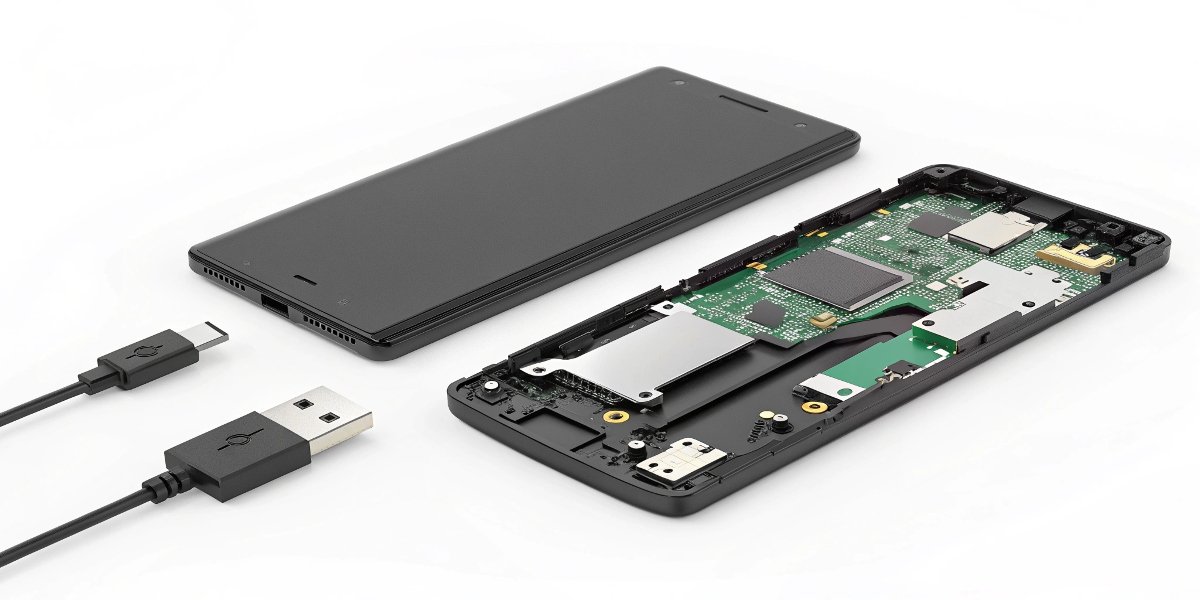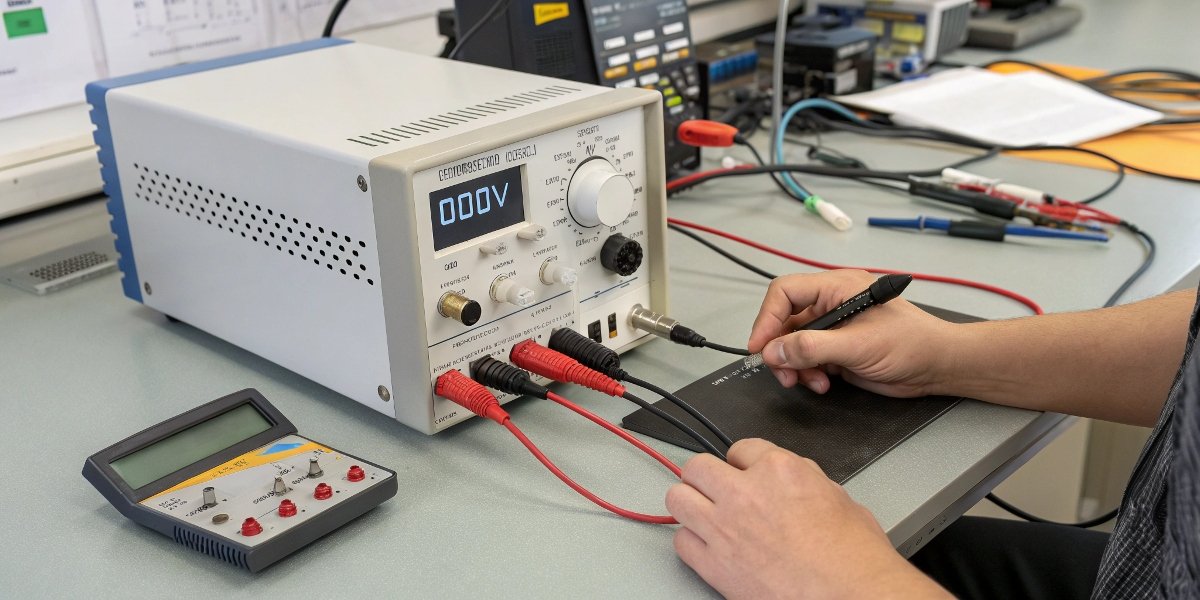You hear stories about lithium batteries, and safety is your top concern. A single failure could destroy your product's reputation and harm a user. This fear can stop innovation in its tracks.
Yes, lithium polymer (LiPo) batteries1 are safe when designed, manufactured, and used correctly. Their safety depends entirely on a high-quality cell paired with a robust Protection Circuit Module (PCM) to prevent misuse like overcharging, over-discharging, and short circuits.
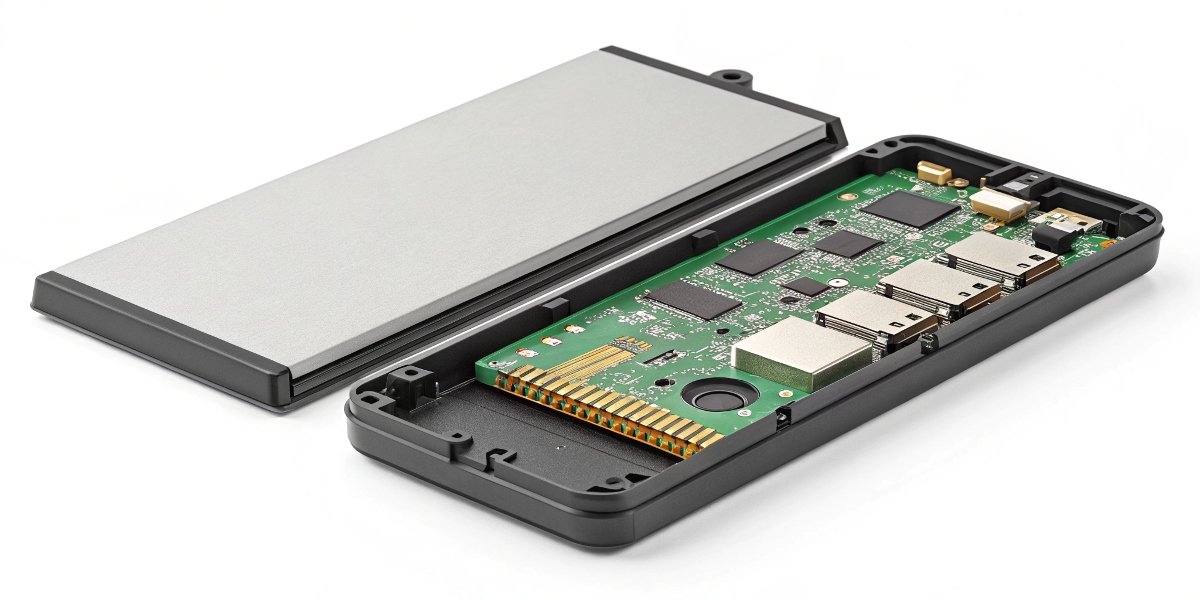
As someone who has built a career in the battery industry, I've seen these concerns firsthand. As a product manager or engineer, you are responsible for the safety of the end-user. The headlines often focus on the failures, but they don't tell the whole story. The truth is that safety isn't an accident; it's a result of deliberate design and quality control. Let's break down the real facts so you can make informed decisions for your product.
Which is safer, lithium-ion or lithium polymer?
You're deciding between a standard lithium-ion cell and a lithium polymer one. They sound similar, but you need to know which one carries less risk for your device, especially if it's worn on the body.
Lithium polymer batteries have a slight safety advantage due to their physical construction. Their flexible pouch swells when it fails, providing a clear visual warning. A rigid metal lithium-ion can may rupture more violently under the same conditions, though both types are safe with proper protection.
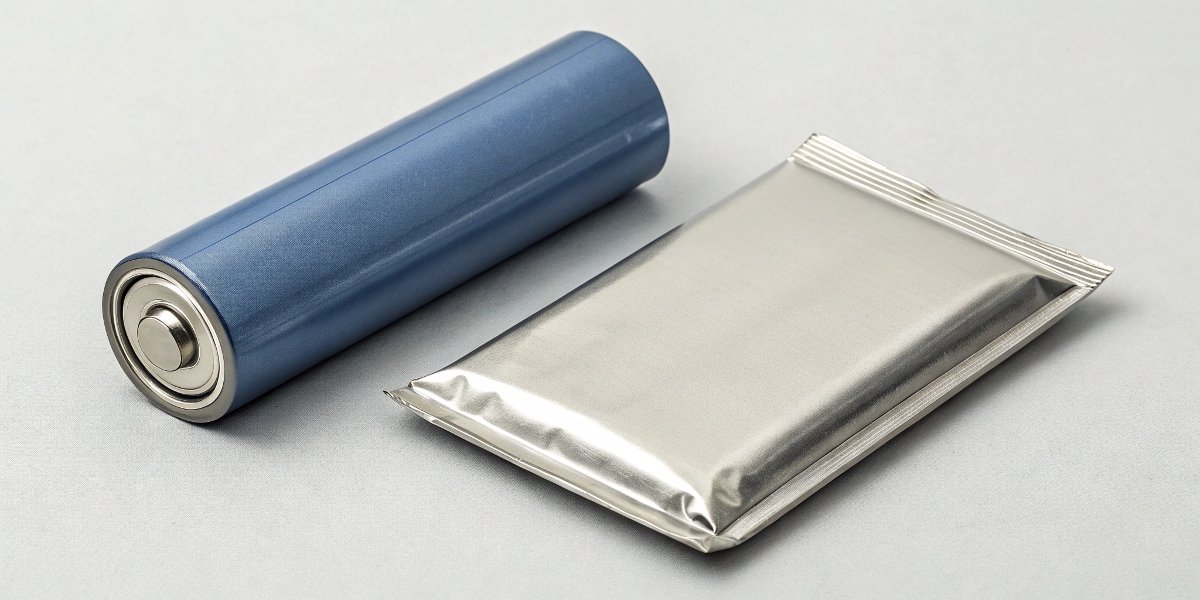
It is important to understand that "lithium-ion" and "lithium polymer" share the same basic chemistry. Lithium ions move between a positive and negative electrode to charge and discharge. The main difference is in the packaging and the electrolyte.
The Casing Makes a Difference
A traditional lithium-ion battery, like an 18650 cell, is enclosed in a rigid steel can. If something goes wrong inside the cell and it produces gas—a process called off-gassing—the pressure builds up inside this can. If the pressure becomes too great, the can may burst open. A lithium polymer battery uses a flexible, foil-like pouch. If the same internal failure occurs, the pouch simply swells up like a pillow. This swelling is an obvious and early sign that the battery has failed and needs to be replaced. It is a less violent failure mode, which is a key advantage in consumer and medical devices.
A Comparison of Failure Characteristics
| Feature | Cylindrical Lithium-Ion | Lithium Polymer (Pouch) |
|---|---|---|
| Casing | Rigid Steel Can | Flexible Polymer Pouch |
| Primary Failure Sign | May get hot before venting | Noticeable swelling |
| Failure Mode | Can rupture or vent forcefully | Pouch contains pressure better, less likely to rupture |
| Main Advantage | High durability and standardization | Design flexibility and safer failure mode |
Ultimately, the safety of either type comes down to the quality of manufacturing and the electronics that protect it. But for a wearable device, the gentler failure mode of a LiPo pouch cell is a significant benefit.
Is it okay to leave a lithium polymer battery on the charger?
We all leave our phones plugged in overnight. You wonder if this is safe for the custom battery in your professional device. What if your customer does the same? You need to prevent any chance of overcharging.
Yes, it is perfectly safe to leave a device with a modern lithium polymer battery on its charger. A properly designed Protection Circuit Module (PCM) or Battery Management System (BMS) will automatically stop the charging current once the battery is full.
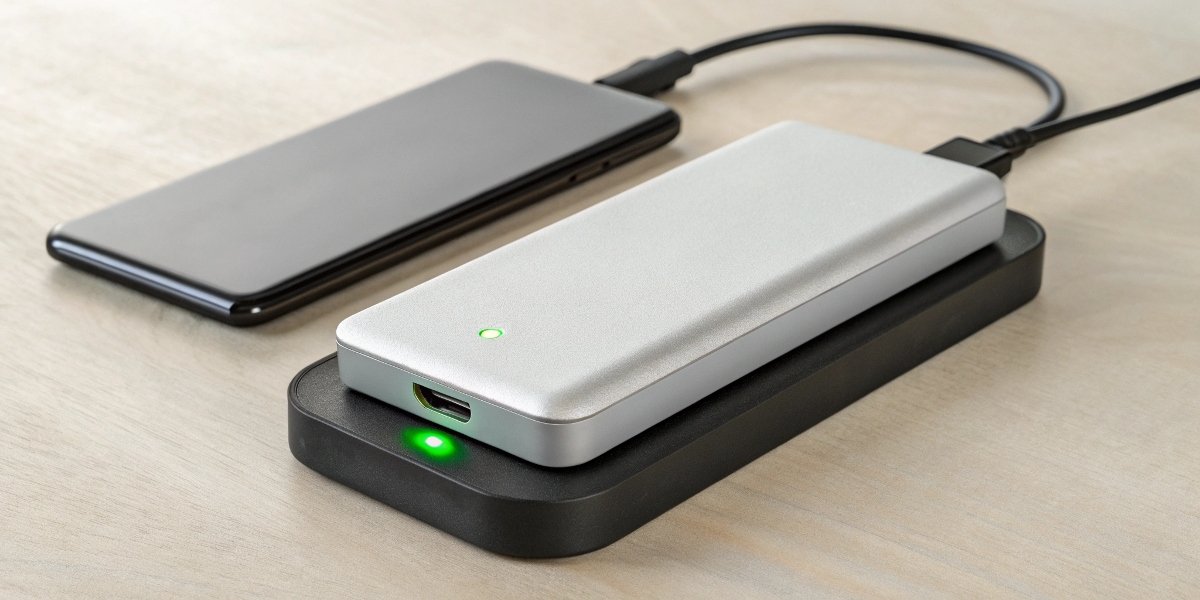
This is one of the most common questions I get from clients, and the answer lies in the electronics, not the battery cell itself. The battery cell alone is "dumb"—it will keep accepting a charge until it fails catastrophically. The intelligence that prevents this is in the protection circuit.
The Role of the Protection Circuit Module (PCM)2
The PCM is a small electronic board attached to every LiPo battery we make. It is the battery's brain and its most important safety feature. It constantly monitors the battery's voltage. When the battery reaches its full charge voltage, typically 4.2V, the PCM's over-voltage protection feature activates. It acts like a switch and cuts off the flow of electricity from the charger. This makes it impossible to overcharge the battery. The same circuit also provides under-voltage protection to prevent draining the battery too much and short-circuit protection to prevent accidents. Most battery accidents you hear about are caused by one of two things: a faulty or missing protection circuit, or an incorrect, low-quality charger that does not work correctly with the PCM. This is why I always tell my clients that the charger and the battery must be designed as a single system.
Can lithium polymer batteries catch fire when not in use?
Your product could sit in a warehouse or on a store shelf for months. You worry that a battery could fail and catch fire on its own, even when it is not being charged or used. This is a terrifying thought.
It is extremely rare for a LiPo battery to catch fire when not in use. Such an event is almost always caused by a hidden manufacturing defect or previous physical damage that results in an internal short circuit. This risk is minimized through stringent quality control.
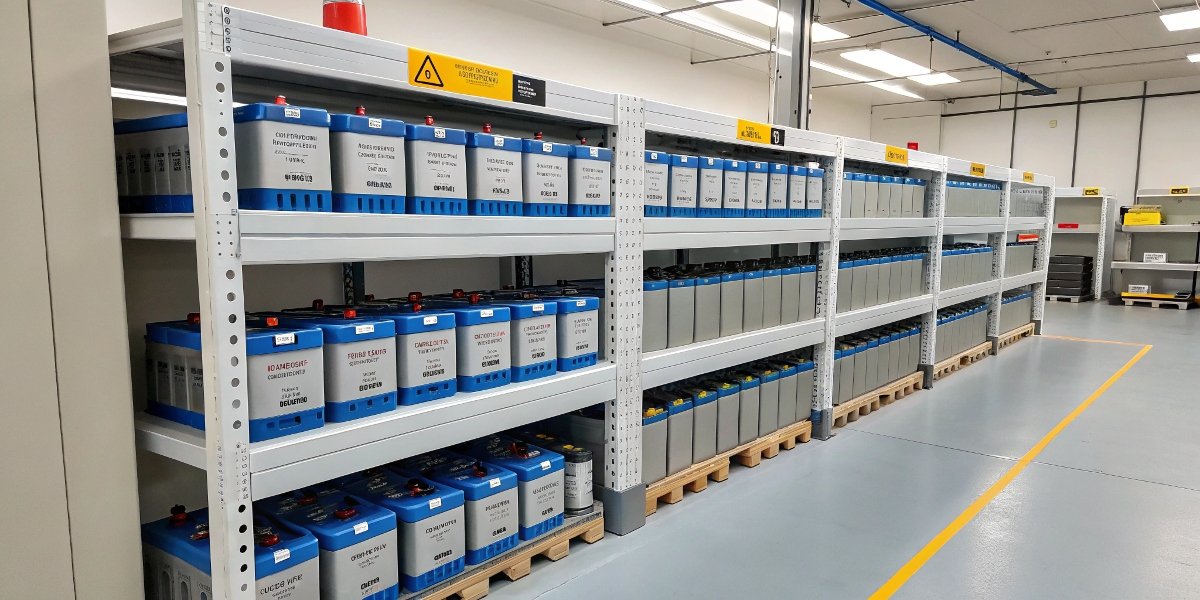
A battery catching fire while sitting idle is the ultimate nightmare scenario for a product manager. Thankfully, it's incredibly unlikely with a quality battery. The cause is almost always an internal short circuit3. This happens when the ultra-thin separator that keeps the positive and negative electrodes apart is breached.
How Internal Shorts Happen
An internal short can be caused by two main things. First is a manufacturing defect, like a microscopic particle of metal accidentally sealed inside the cell during production. This is why choosing a supplier with certified clean-room manufacturing environments is non-negotiable. Second is physical damage. If a battery is dropped, crushed, or punctured, the separator can be damaged. The short might not happen immediately but can develop later. This is why proper handling during your product's assembly is so important.
From my experience, misuse is the biggest risk. I always provide my clients with clear guidelines for their teams and their end-users:
- Avoid high temperatures: Never leave a device in a hot car.
- Do not puncture or crush: Treat the battery with care.
- Use the right charger: Only use the charger designed for the device.
- Store it right: For long-term storage, keep the battery at about 50% charge in a cool place.
What is the safest type of lithium polymer battery?
You want the safest LiPo for your wearable, but different suppliers offer different specs. It is confusing. You need to know what features truly make a LiPo battery safe when they all look the same.
The safest lithium polymer battery isn't a different chemistry, but a complete battery assembly built with a high-quality cell and an advanced Protection Circuit Module (PCM). Safety comes from the quality of the components and the intelligence of the electronics, not from the cell alone.
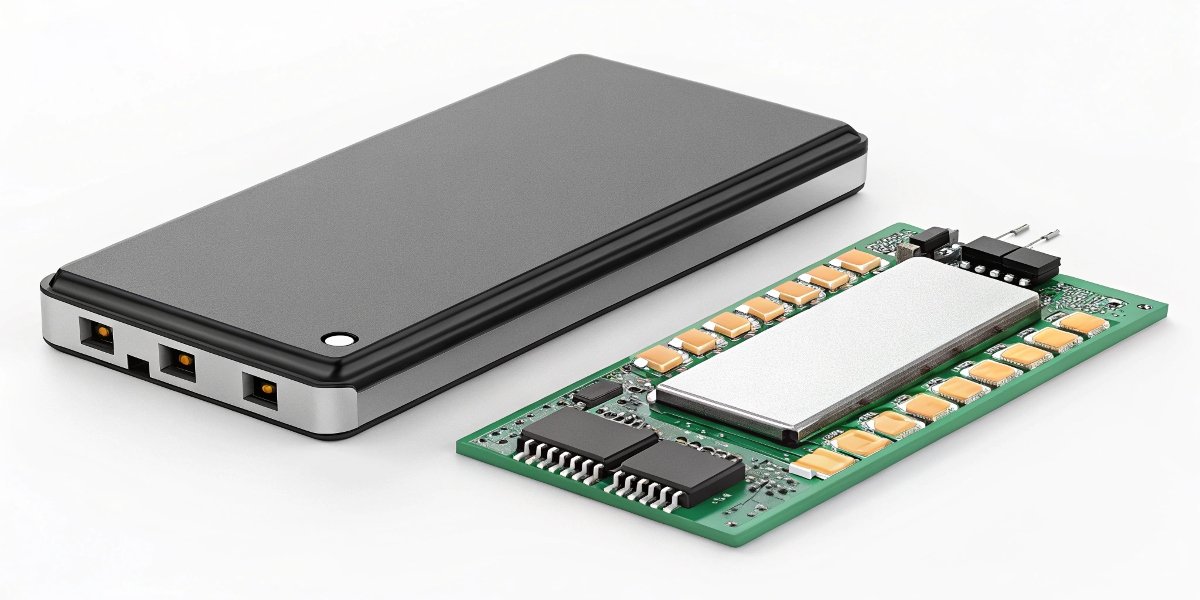
When we talk about "types" of LiPo batteries, the most important distinction for safety is not the chemistry, but the quality and features of the entire battery pack. All high-energy LiPo batteries use similar chemistries. The real difference in safety comes from how the battery is made and protected. I always insist that the key to a safe battery is a combination of a pristine cell and a smart protection circuit. A cheap, unprotected cell is an accident waiting to happen, no matter who makes it. True safety is an engineered system.
Key Factors for a Safe Lithium Polymer Battery
| Feature | Why It's Critical for Safety | What to Look For |
|---|---|---|
| Top-Tier Cell Mfr. | Reduces the risk of internal defects from the start. | Sourced from manufacturers with world-class quality control4 and clean-room facilities. |
| Advanced PCM/BMS | Acts as the brain to prevent all common types of misuse. | Must include over-voltage, under-voltage, and short-circuit protection. For best safety, it should also have over-temperature protection using an NTC thermistor. |
| System Integration | Ensures the battery, device, and charger all work together safely. | The battery partner should work with you to match the battery's specs to your device's exact power needs. |
This is why we always recommend using the original, specified protection board. It is designed for that specific cell and application. Trying to save a few cents on a generic protection board or, even worse, using an unprotected cell, is the single biggest risk you can take.
Conclusion
Lithium polymer batteries are safe when designed with quality, protected by smart electronics, and used correctly. Your choice of a knowledgeable manufacturing partner is your single most important safety decision.
-
Explore the safety features of LiPo batteries to understand their advantages and how they can benefit your products. ↩
-
Learn about the crucial role of PCM in battery safety and how it prevents common failures. ↩
-
Gain insights into internal short circuits and how to prevent them in battery applications. ↩
-
Discover the importance of quality control in ensuring battery safety and reliability. ↩

